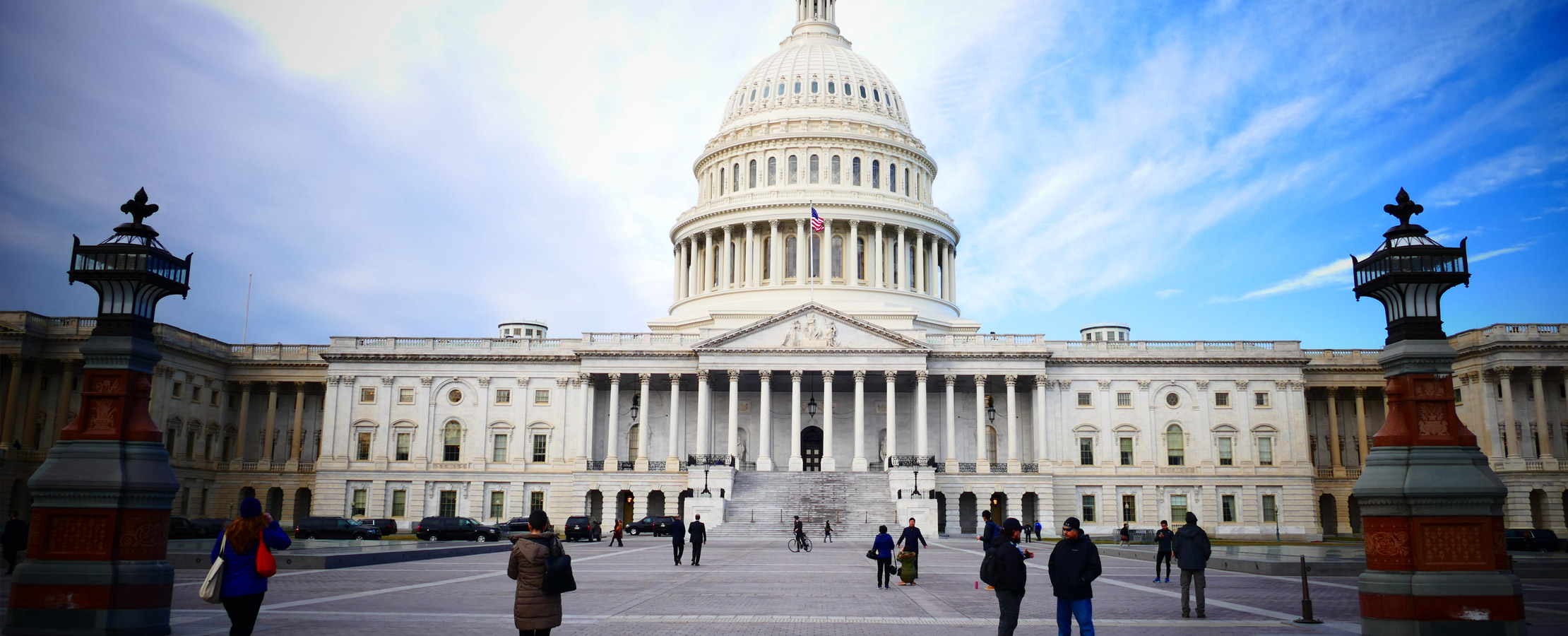U.S. Infrastructure Bill Balances Legacy and Clean Energy Investments
The $1 trillion infrastructure spending package passed by the US Senate on Tuesday could have significant implications for the U.S. energy sector, allocating billions in new funding for carbon capture projects, electrical grid improvements and renewable energy initiatives, analysts said.
While some had expected the 2,700-page Investment and Jobs Act to focus investment on greening the U.S. energy industry, the bill instead balances federal spending on fossil fuels and clean energy sources over the next five years.
"We have reached a bipartisan agreement on our proposal to make the strongest investment in America's critical infrastructure in a generation," said Democratic Senator Joe Manchin from West Virginia, the bill's prime architect. "Our plan will create good paying jobs in communities across our country."
Along with strategic spending for energy-related projects, the measure includes $550 billon in new spending and $450 billion in previously approved funds for improvements in roads and bridges, rail, public transit and water infrastructure.
The Biden administration and many lawmakers hope Congress will approve an even more generous package later this year that would spend $3.5 trillion to support social infrastructure programs as well as new clean energy funding and policies.
Sen. Edward Markey, Democratic Senator for Massachusetts, said: "The bipartisan infrastructure package does not go far enough to address the climate crisis, but we will go much further, bigger, and bolder in the budget resolution."
The catastrophic weather in the United States over the last year – frigid temperatures prompting Texas power outages in February and intense heat sparking wildfires and drought in May and July – drove new funding for the electrical grid. The infrastructure bill sets aside $5 billion to combat damage to grids from extreme weather; $3 billion to make grids more flexible to meet fluctuating demand; and $3.5 billion for four regional hubs for direct air capture technology.
The infrastructure bill also features new policies to site transmission lines, which is vital to bring energy generated by wind turbines and solar farms from rural areas to cities.
To address climate concerns, the bill sets aside $7.5 billion for an EV-charger network, $21.5 billion to create the Office of Clean Energy Demonstrations and fund projects, and $16 billion for renewable energy and energy efficiency. The measure also includes $3 billion for battery manufacturing and recycling grants and $3 billion for battery material processing.
More than $10 billion has been earmarked for carbon capture, transport and storage, and another $8 billion for producing, transporting and storing hydrogen made from natural gas and matched with carbon capture systems. The bill also includes low-interest loans for carbon transportation projects, and $16 billion for cleaning abandoned mines and orphan wells.
Allies of the administration highlighted the planned investments in the grid, the first federal funding for EV charging stations, and money for research projects as major wins.
"There are a huge number of demonstration projects on hydrogen, electricity storage, direct air capture that's crucial innovation spending and funding that can have huge, long term dividends," Paul Bledsoe, an adviser at the Progressive Policy Institute, was quoted as saying by E&E News.
The nuclear energy sector secured $6 billion to support and maintain nuclear facilities that could be shut down because of economic factors and $6 billion for investments in micro reactors, small modular reactors and advanced nuclear reactors.






